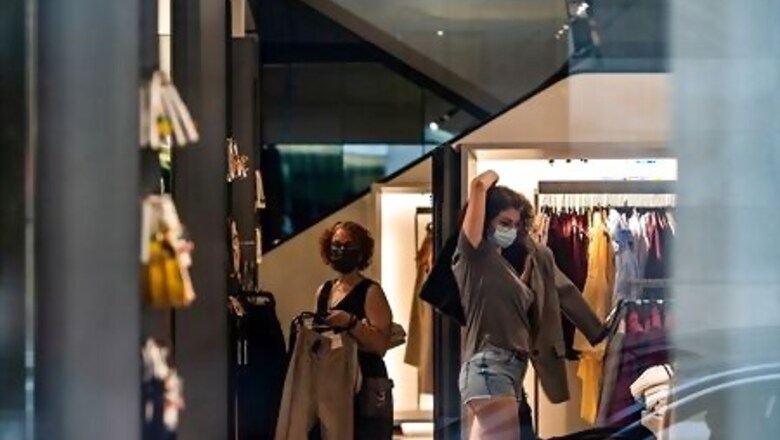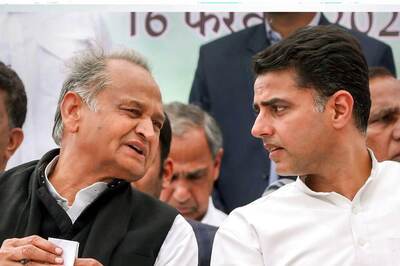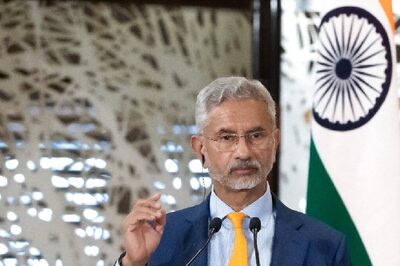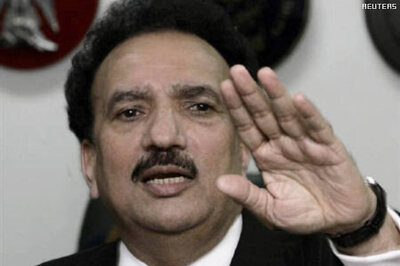
views
WASHINGTON U.S. retail sales in July increased less than expected as consumers cut back on purchases of motor vehicles and could slow further in the months ahead amid spiraling new COVID-19 infections and a reduction in unemployment benefit checks.
The report from the Commerce Department on Friday, however, did not change expectations that consumer spending will rebound this quarter after a record collapse in the second quarter.
Retail sales rose 1.2% last month after advancing 8.4% in June. Economists polled by Reuters had forecast retail sales would rise 1.9% in July.
Retail sales have been rebounding as businesses resumed operations after being shuttered in mid-March in an effort to slow the spread of the respiratory illness. Coronavirus infections continue to spread across the United States, forcing authorities in some of the hot-spots to either shut down businesses again or pause reopenings.
The respiratory illness caused by the virus has left consumers wary of visiting places like restaurants and shopping malls, cutting into spending.
The slowdown in retail sales in July was led by a 1.2% decline in receipts at auto dealerships. That followed a 6.1% acceleration in June. Consumers also cut back spending at hobby, musical instrument and book stores as well as at building materials outlets. But they boosted purchases at electronics and appliance stores, which soared 22.9%, likely reflecting strong demand as many Americans work from home.
Receipts at restaurants and bars increased 5.0%, though the pace slowed from the 26.7% notched in June. Online and mail-order retail sales rebounded 0.7%. Furniture store sales were flat. Receipts at clothing stores increased 5.7%.
Excluding automobiles, gasoline, building materials and food services, retail sales increased 1.4% in July after soaring 6.0% in June. These so-called core retail sales correspond most closely with the consumer spending component of the gross domestic product report.
Consumer spending collapsed at a 34.6% annualized pace in the second quarter. That led to GDP plunging at a 32.9% rate last quarter, the deepest decline in output since the government started keeping records in 1947.
The dollar was trading lower against a basket of currencies while prices of U.S. Treasuries were higher. Stocks on Wall Street opened lower.
Retail sales could lose further momentum as tens of millions of unemployed people lost a $600 weekly jobless benefits supplement at the end of July, which had accounted for 20% of personal income, helping with the buying of food and paying of bills. President Donald Trump on Saturday signed a number of executive orders, including one that extended the supplement, though he reduced the weekly payout to $400.
But states, which are required to cover $100 of the benefits under the order, are themselves under immense financial pressure caused by the pandemic. The remaining $300 will be funded from a limited emergency disaster relief program, which economists estimated could be depleted as early as September.
Economists saw little boost to spending from the other executive orders suspending the collection of payroll taxes for a group of workers, stopping evictions from rental housing that has federal financial backing and extending 0% interest on federally financed student loans.
Republicans and Democrats are bickering over new aid for the economy even as signs mount that activity is stalling. About 28.3 million people are on unemployment benefits.
Disclaimer: This post has been auto-published from an agency feed without any modifications to the text and has not been reviewed by an editor




















Comments
0 comment